In the annals of cinema’s history, certain films have stood the test of time to emerge as timeless classics, revered for their innovative storytelling, thematic depth, and lasting impact on audiences.
In the pantheon of Indian cinema, one such film stands out — Awaara, directed by and starring the legendary Raj Kapoor.
But I couldn’t help but think of Citizen Kane when the end credits of Awaara flashed across my screen.
So, for this essay, I decided to do something a little different and delve into the narrative complexities and thematic richness of both films before I explain why Awaara, in my opinion, beats Citizen Kane.
Awaara Plot Synopsis
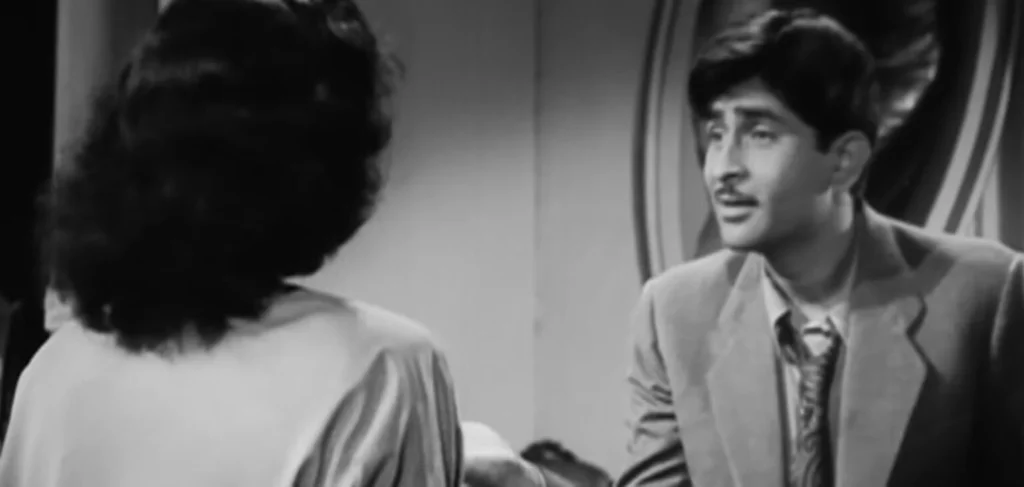
Awaara follows the tumultuous life of Raj, a young man caught in the struggle between good and evil.
Born to a reputable judge, Raghunath, and his wife, Leela, a tragedy of errors leads to the separation of his parents, Raj and his mother being kicked out of their massive house onto the streets.
As such, Raj is mostly looked after by a thief, Jagga, and is unaware of his true parentage. As he comes of age, Raj falls for Rita, a social worker and former classmate who is now under the guardianship of Raghunath.
Despite his best intentions and efforts, Raj is drawn into a life of petty theft and deception, mirroring Jagga’s criminal legacy. What unfolds is a dramatic tale of Raj’s long road to redemption.
Important Themes Covered in Awaara
Set against the backdrop of post-independence India, Awaara explores themes of identity, class struggle, family, and poverty in a rapidly changing society.
Citizen Kane Plot Synopsis

This magnum opus traces the rise and fall of Charles Foster Kane, a wealthy newspaper tycoon, played by Orson Welles. The story unfolds through a series of flashbacks following Kane’s death as a group of reporters investigates the meaning behind his enigmatic final word: Rosebud.
Important Themes Covered in Citizen Kane
The film is a poignant reflection on the fleeting nature of wealth and power, as well as the loneliness and emptiness that can accompany massive success. It, too, looks at themes of poverty, social acceptance, family, love, and money.
Is the Comparison Between Awaara and Citizen Kane Warranted?
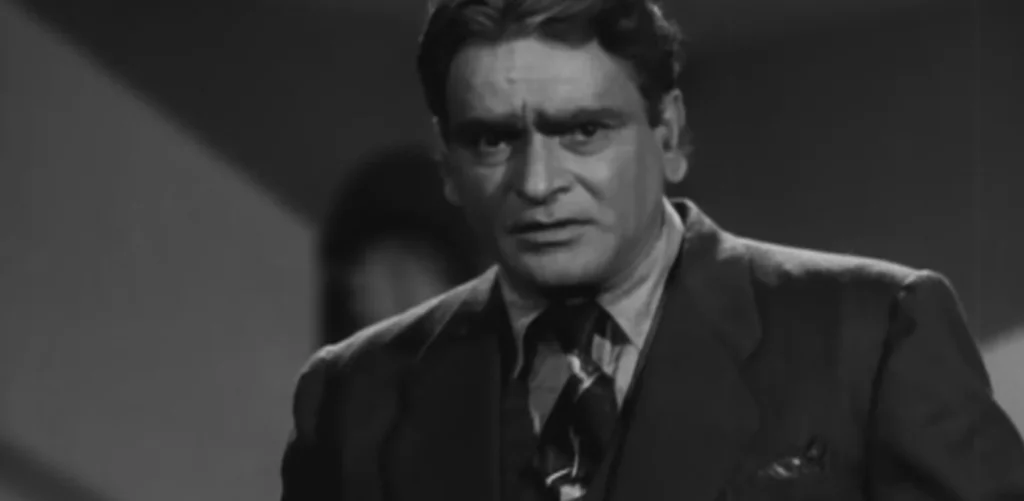
Yes, there is some basis for juxtaposing these two iconic movies next to each other.
First and foremost, Citizen Kane was released a decade before Awaara, and it definitely seems like Kapoor was partly inspired by Welles’ direction. What alludes to this is Kapoor’s directorial style, the stark use of lighting in Awaara to cue a character’s emotional turmoil, and the lavish sets used.
While both films do not have the same climax, they do essentially start off from similar points — a kid who grew up in poverty tries to find his way in the world.

The only difference is Raj gets trapped in societal pressures and crime, whereas Kane manages to build a huge newspaper company and live in riches. In other words, Raj would likely have aspired to be his American counterpart but was nowhere near as lucky.
As such, even though they don’t have the same plot, they do cover similar themes — childhood poverty, love and family (or lack thereof), social pressures, as well as the significance of success /failure.
Why Awaara is Reminiscent of Citizen Kane
1. The Emotional Lens
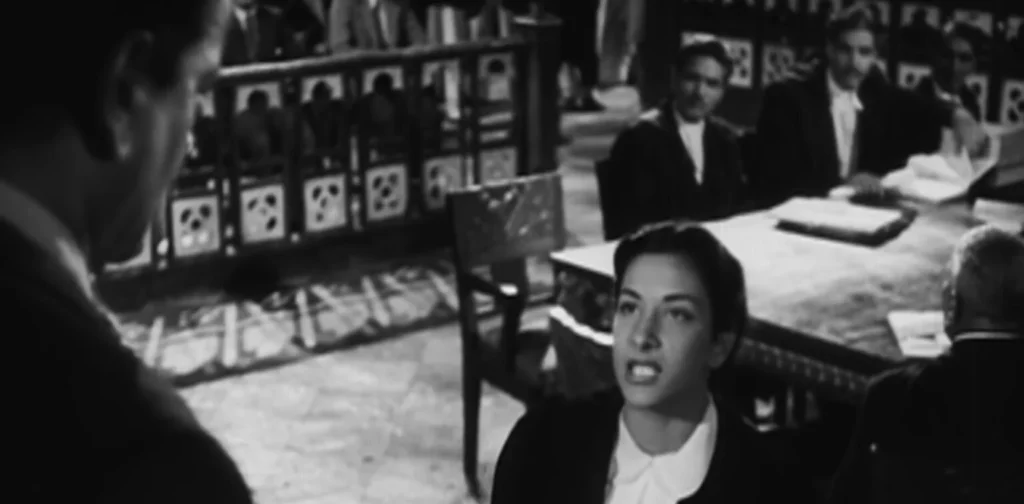
One of the key parallels between Awaara and Citizen Kane lies in their exploration of the complexities of human nature and the impact of upbringing on individual identity.
Much like Charles Foster Kane in Citizen Kane, Awaara‘s Raj grapples with the legacy of his father’s actions and the societal expectations placed upon him. Both films delve into the psychological depths of their protagonists, unravelling the layers of their personalities through a series of flashbacks and introspective moments.
Additionally, Awaara and Citizen Kane also showcase the complexities of power and wealth and how they are often intertwined with the pursuit of happiness.
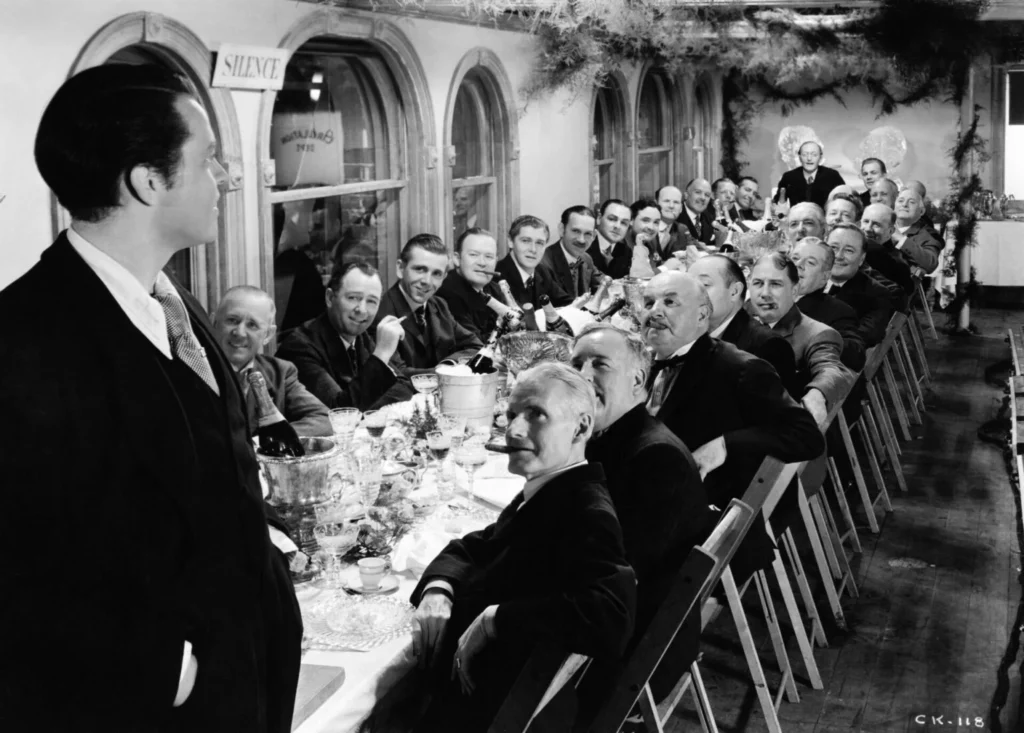
While Citizen Kane magnifies American capitalism and media moguls, Awaara offers a distinctly Indian perspective, examining the entrenched inequalities of class and caste in a post-colonial society.
Through Raj’s quest for redemption and his ultimate reconciliation with his father, Awaara also takes on a more… hopeful tone despite its misfortunate ending. However, in Citizen Kane, it is the legacy of a man being examined — a man who can no longer make any changes to his own story.
Death is the final stop for a man — nay, any man — and Citizen Kane begins at its doorstep.
Awaara, however, allows its viewers some relief in that they can imagine a hypothetical yet happier future for Raj and Rita when the curtain drops, unline Kane and his lonely demise.
2. Cinematography
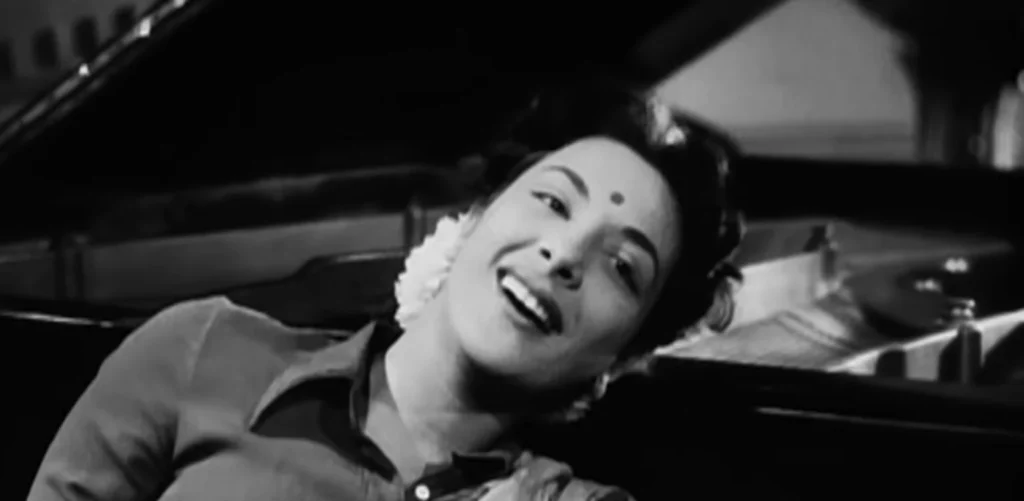
Cinematic parallels between Awaara and Citizen Kane also abound, with both films pushing the boundaries of visual storytelling in their respective contexts. Kapoor’s innovative use of camera angles, lighting, and editing techniques in Awaara revolutionised Indian cinema, much like Welles’ techniques in Citizen Kane. 
From the sweeping crane shots that capture the grandeur of the mansion where Raghunath lives to the intimate close-ups that convey the characters’ emotional turmoil, Awaara exhibits a mastery of visual language that definitely rivals its American counterpart.
3. A Non-Linear Plot
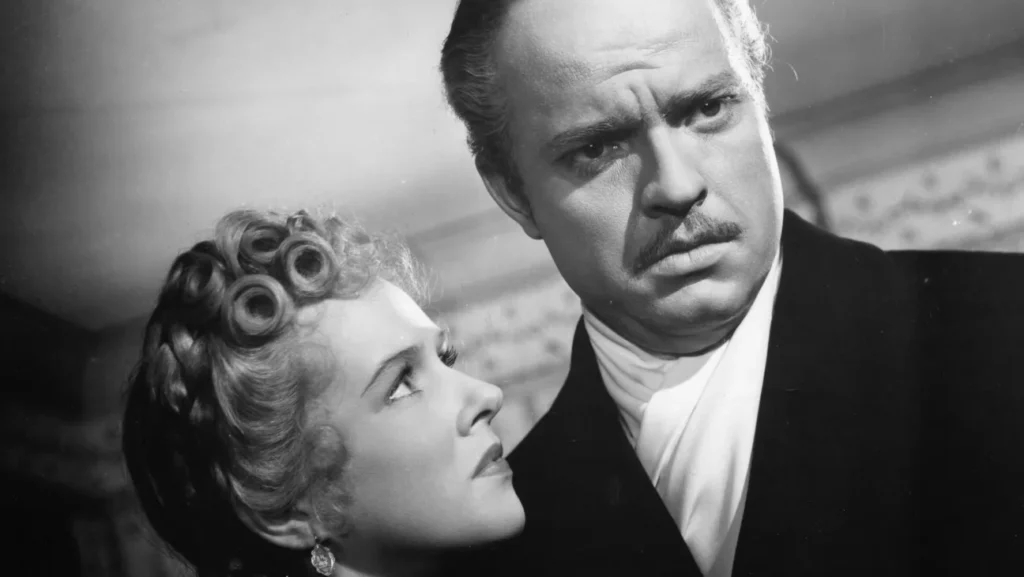
The narrative structures of both films are pretty distinct as they weave together the past and present to unravel the mysteries of their protagonists’ lives.
In Awaara, the use of flashbacks adds depth to Raj’s character while also shedding light on the formative experiences that shaped his journey from a neglected child to a conflicted young man. 
Similarly, Citizen Kane employs a mosaic-like narrative structure to piece together the enigma of Charles Foster Kane’s life, inviting viewers to interpret the fragments of his past.
What Makes Awaara and Citizen Kane Different

Ultimately, it would be remiss to equate Awaara with Citizen Kane without acknowledging their distinct cultural contexts and narrative sensibilities.
While both films share thematic similarities, they ultimately reflect the unique experiences and perspectives of their respective filmmakers and societies.
Citizen Kane is deeply rooted in the American experience, exploring the rise and fall of a larger-than-life figure against the backdrop of 20th-century America.
In contrast, Awaara is steeped in the traditions of Indian melodrama and social realism, blending elements of romance, tragedy, and social commentary to create a quintessentially Indian cinematic experience.
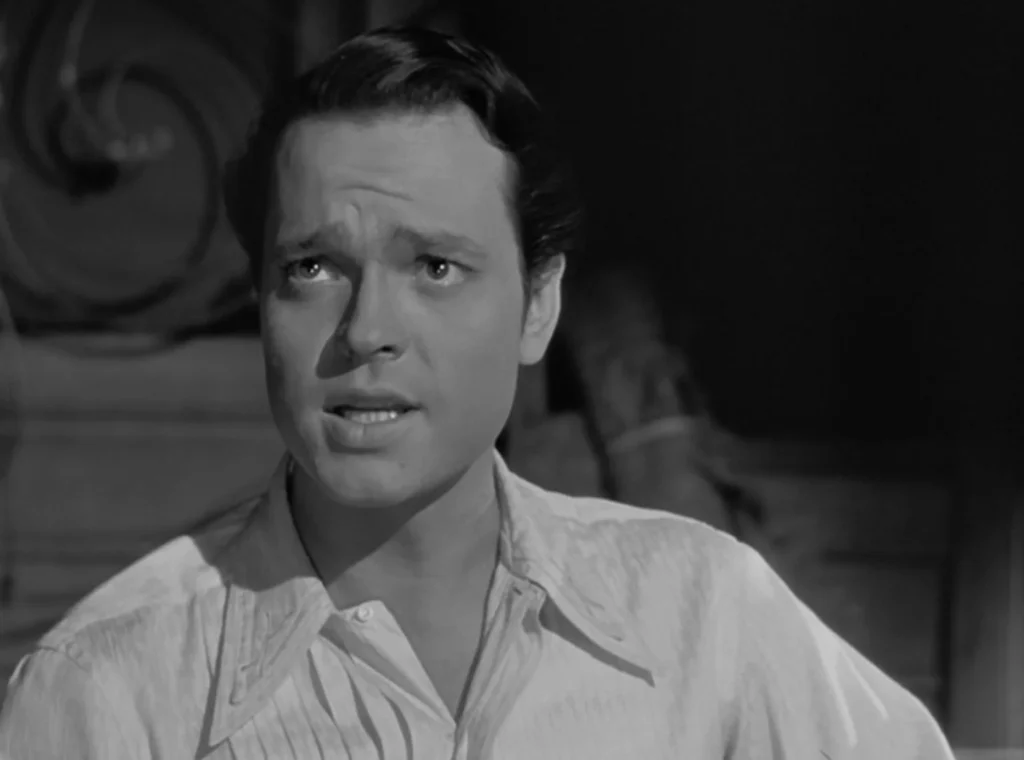
Speaking of uniquely Indian elements, who can forget about the chart-topping and evergreen soundtrack of Awaara, something that its American equivalent isn’t really known for? With the duo of Shankar–Jaikishan composing and singers like Shamshad Begum, Mukesh, and Lata Mangeshkar lending their voices, Awara’s songs are incomparable.
Be it the consoling “Duniya, mai tere teer ka ya takdir ka maara hu” lyrics in the titular Awaara Hoon or the solace-providing strums in Ghar Aaya Mera Pardesi, there is a reason Awara’s soundtrack is regarded as a classic in Indian history.
Awaara‘s music is its strength, not just because it eventually became a Bollywood classic but also because it enhances the plot with a theatrical quality that would be almost impossible to replicate in the American Citizen Kane. For this reason alone, I believe that Awaara is a much better film, but let’s not get ahead of ourselves just yet…
Why Awaara is Better Than Citizen Kane
1. Raj Has More Emotional Depth
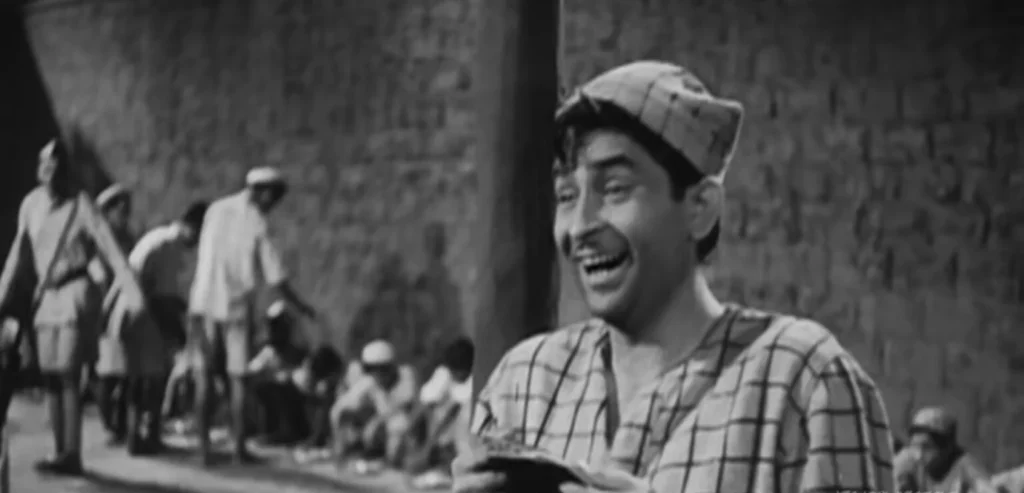
Kane has a definitive rags-to-riches story, so by the time his downfall begins, the average viewer doesn’t really have the same emotional intimacy with the protagonist.
In other words, Citizen Kane is the story of one man in a million who tastes unparalleled success, rendering him unrelatable.
But the kicker in Awaara is that almost anyone from an impoverished background could be Raj, and therefore, I think it weaves a richer tapestry of what life entails for the average person.
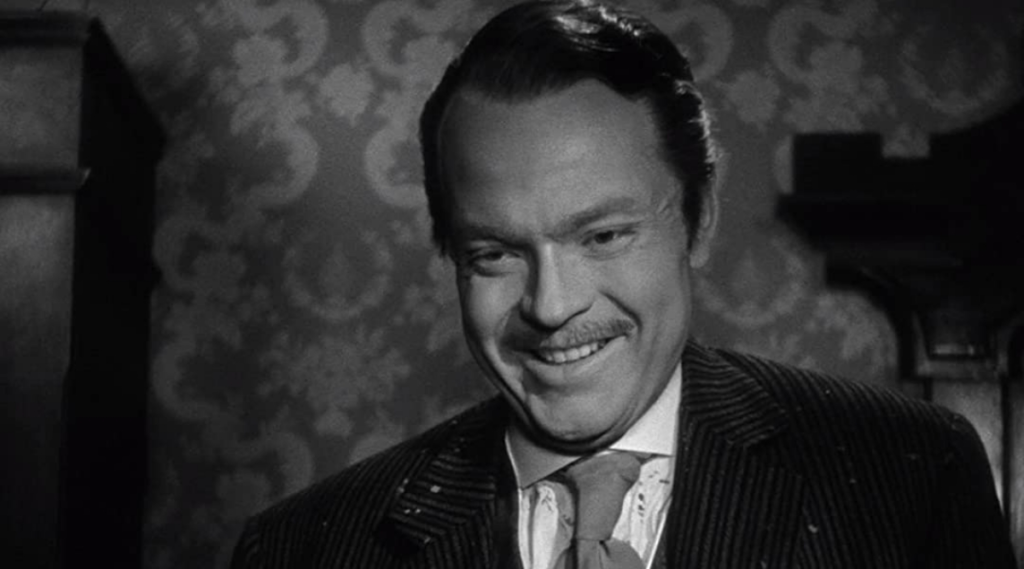
Now, don’t get me wrong. I don’t think Awaara is a better film because more people can relate to it.
Citizen Kane certainly is a remarkable film, even if you cannot relate to its titular newspaper tycoon.
However, Awaara has more emotional depth to it than Citizen Kane, that’s for sure. We see everything that Raj is feeling and are taken along with him on his life-changing but difficult journey towards redemption… even though he was mostly a victim of circumstances.
But we don’t see Kane growing up, and that part of his life isn’t truly accessible to the viewer, making them feel a little distanced from the protagonist. Furthermore, as the film goes on, Kane goes from being a well-liked figure to a lonely, sad man who has all the money in the world thanks to his ruthlessness in business.

As such, one can only feel the impact of Kane’s actions… not his emotions. Even if both films put their characters in morally dubious positions, Awaara affords its protagonist the ability to explore the “grey spaces” in morality (if morality were a spectrum from black to white), really allowing him to go through emotional upheaval in a manner that Citizen Kane does not do.
The fact that Awaara has been an immensely popular film in various other countries outside of India, including Russia and Turkey, clearly overshadows the impact Citizen Kane had, which was largely on Western audiences that may not have been too exposed to other forms of cinema.
In that vein, I also wholeheartedly disagree with Citizen Kane being lauded as the best film ever made, though I do understand it was much ahead of its time back in the 40s.
However, regurgitating the fallacy that there has never been — and never will be — a film better than Citizen Kane simply because that has been the mainstream over the past few decades is also a dated practice.
2. Awaara Harnesses the Power of Theater
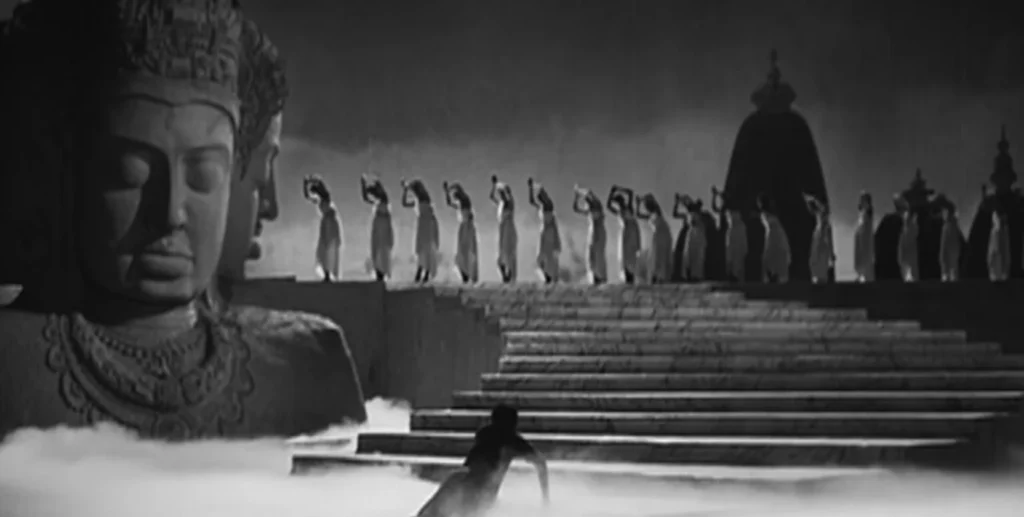
There’s a lot about Awaara and Citizen Kane that is quite similar, from extravagantly huge sets to deep-focus cinematography and the excellent contrast of light and dark. All of this places them on a similar pedestal. 
However, Awaara embraces theatrical qualities in a manner that Citizen Kane falls short of. The first scene where this is visible is when child Shashi Kapoor (who played young Raj) comes on screen. It simply blows you away.
Needless to say, in his growing years, cloaked by the protective power of youth and naivety, Raj is an earnest and hard-working child who believes that by simply working hard, everything will fall into place. He wants to do good, and as a kid, he hasn’t yet been introduced to the evils of the world. Shashi’s acting reflects this sentiment in a manner that I genuinely cannot imagine anyone else doing justice to this role.
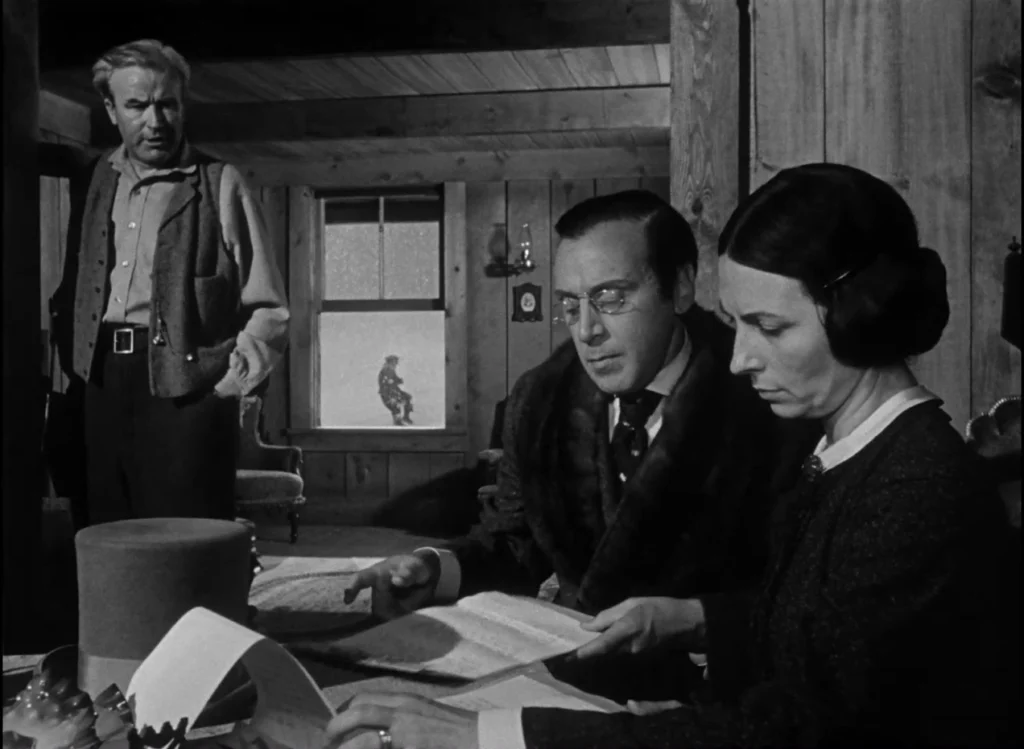
Raj Kapoor’s rendition of Charlie Chaplin’s The Tramp has also been applauded for a long time, and I think there is no better film in which this vagabond character fits than Awaara. As such, Awaara also provides better social commentary than Citizen Kane through its theatrical scenes.
As I previously mentioned, Awaara’s soundtrack plays a much bigger role in driving the story forward while also adding a certain “entertaining” element for its viewers.
Furthermore, various sequences in Awaara allude to spirituality as well as existentialism with a fine balance. Owing to its “theatrical-ness,” Awaara signifies a departure from today’s films in that its themes are timeless, but its story-telling isn’t about being as “accurate” as possible.
One could also argue that in this regard, Awaara transcends its status as a work of art to become a catalyst for social transformation, its message of hope and resilience resonating with audiences far beyond the confines of the silver screen, a feeling that doesn’t come as naturally with Citizen Kane.
